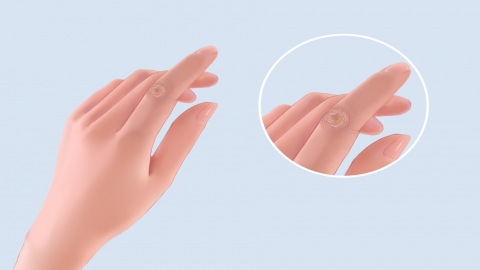Instructions for Use of Sterile Gauze Pads
Instructions for using sterile gauze pads include checking the packaging before use, cleaning the wound and surrounding skin, properly placing the pad to cover the wound, securing it appropriately to prevent displacement, and regularly replacing it to maintain sterility. Strict adherence to aseptic techniques is essential to ensure safe wound care. If redness and swelling worsen after use, or if there is increased exudate or pus formation, prompt medical attention is recommended.
1. Check the packaging before use: Before removing the pad, inspect the packaging for integrity—ensure there are no tears, punctures, or leaks—and verify the sterilization date and expiration date. Do not use the pad if the packaging is damaged or expired, as contamination may have occurred.
2. Clean the wound and surrounding skin: Gently wipe the wound with normal saline or a medical disinfectant to remove secretions, blood, or pus. Then clean the skin around the wound to prevent dirt from entering the wound area when the pad is applied, reducing the risk of infection.

3. Correctly place the pad to cover the wound: Open the sterile package and use sterile forceps to remove the pad, avoiding direct hand contact with the inner (sterile) side. Place the pad flat over the wound, ensuring complete coverage without exposing any wound edges.
4. Secure the pad properly to prevent shifting: Choose an appropriate fixation method based on the wound location—for example, use medical tape to secure the edges of the pad or gently wrap with an elastic bandage. Apply moderate tension during fixation to avoid impairing local blood circulation.
5. Replace regularly to maintain sterility: Determine replacement frequency based on the amount of wound exudate. For wounds with minimal drainage, change every 1–2 days; for those with heavy exudate, change daily. Always follow aseptic procedures during replacement to prevent contaminating the new pad.
Sterile gauze pads should be stored in a cool, dry place, away from direct sunlight and moisture. After use, promptly reseal the remaining pads' packaging to prevent environmental contamination. Used, contaminated pads must be disposed of according to medical waste regulations and should not be discarded casually.





